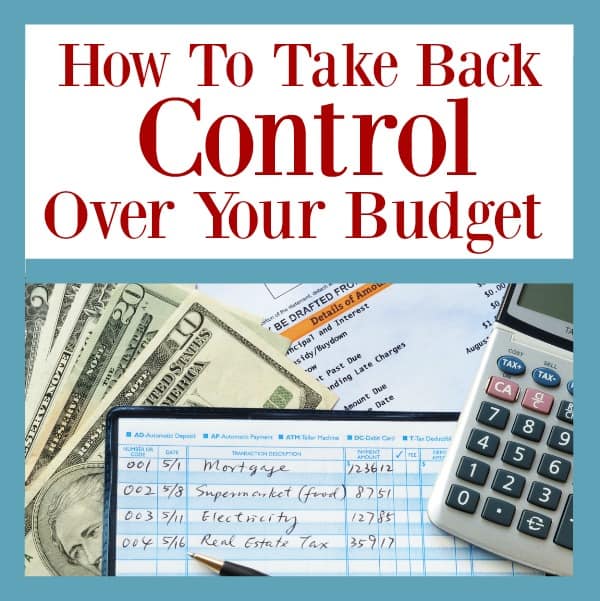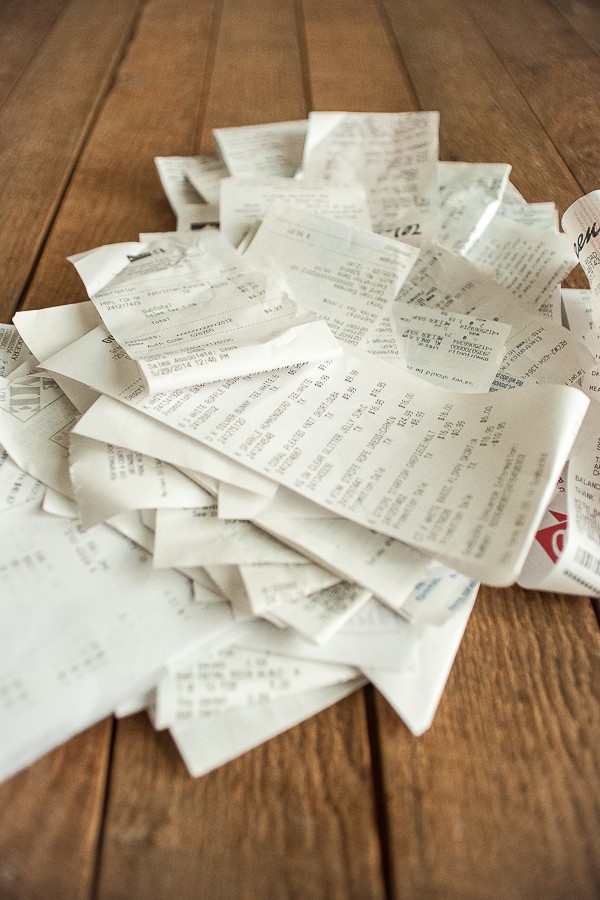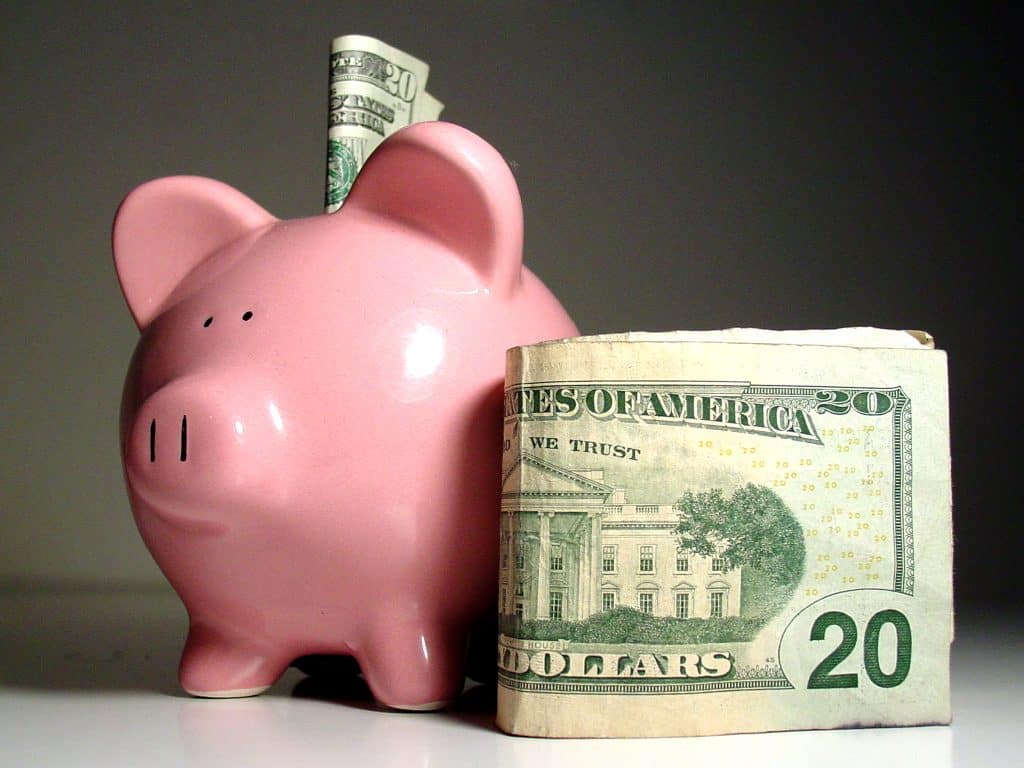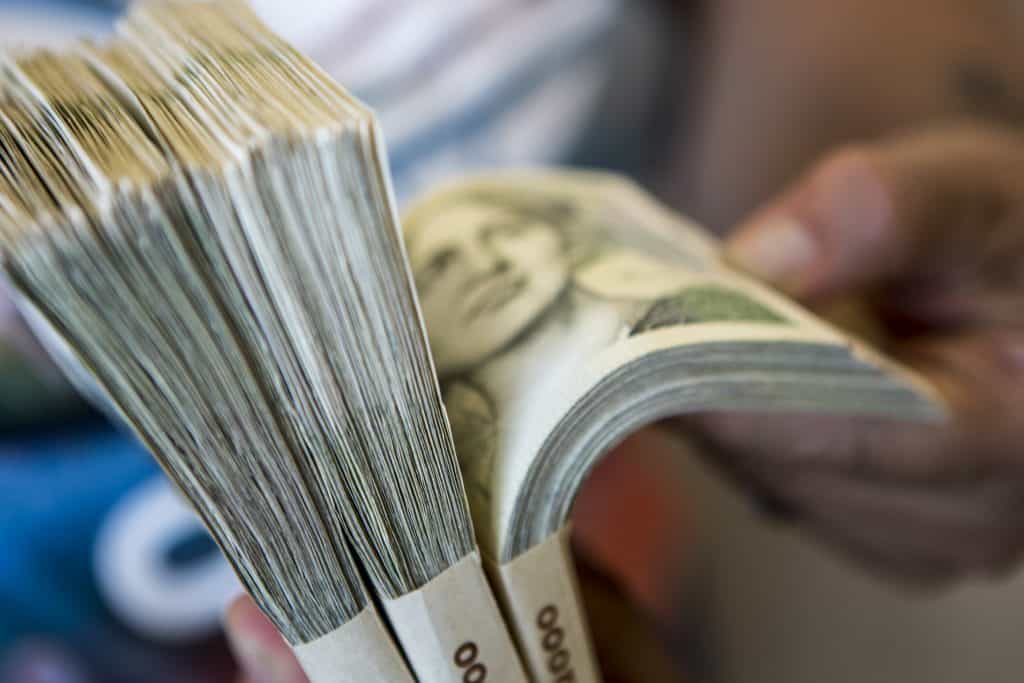A Mess Free Life may collect a share of sales or other compensation from the links on this page.
Welcome to 2018, the year of finally getting your finances in order! It’s time to get out of debt, create a working budget, cut expenses, and increase your savings.
Last month we kicked off the Spending Plan Series with learning the “how-to’s” of developing your spending plan. Go here to get brushed up on what to do to create a comprehensive and values based plan.
Now’s it’s time to develop your plan month to month. To get you started, you’ll need to develop a spending plan for each month, beginning with January.
Table of Contents
CREATE A SPENDING PLAN – JANUARY
January is the perfect time to get started with a new spending plan and budget so that you can start the new year off with a strategy for how you’ll improve your finances over the course of the year.
We’ve previously taken a look at the best way to develop an overall spending plan, but now we’re going to take a look at each month individually and make a plan for moving forward in that month. January can be one of the most challenging months for finances, so it’s essential to get started on the right foot.
In addition to recovering from holiday spending, and probably some holiday debt, January comes with its own set of added expenses. A few of those may include:
- Higher utility gas and electric bills due to the cold weather.
- The added cost of New Year’s resolutions, like joining a gym.
- Starting to save for Christmas 2018 so you don’t go into debt again and have plenty of money set aside by the time it gets here.
- Hiring a professional tax preparer to handle your tax returns or get your accounts in order for tax season.
- Starting a new savings plan for 2018 to include building an emergency fund, planning for a vacation, and adding to your retirement.
- And don’t forget that Valentine’s Day is just around the corner. If you’re planning a special surprise for your sweetie, it’s time to start making the financial plans for it now.
OK, this seems like a lot of added expense for January, especially right after the holidays, and you’re right. That’s precisely why you need to develop a spending plan you can live with so you can start planning for each month and each year, avoiding any financial surprises down the road.
If your budget doesn’t allow for all of these things, but you still need them, you’ll need to make adjustments elsewhere. Look for ways to cut expenses or plan to save additional money in the months that don’t have as many expenses to make up for anything you don’t save in January. For instance, if your Christmas 2018 plan calls for saving an extra $100 a month and you just can’t make that work in January, plan on saving $150 each in February and March to make up for it. Or plan to set aside an extra $100 from your tax refund to cover it.
ACTION ITEMS FOR JANUARY
- Collect and review all bills
- Start automatic saving
- Review expenses and identify ways to save
- Learn something new
COLLECT AND REVIEW BILLS
I’ll admit, this first step is no fun—but it’s a step in the right direction, I promise. For some of you, this might be the first time you’ve ever really looked at your bills, and that’s ok. It’s the best place to start and the perfect time to kick off your financial year the right way and do an assessment of where you are right now.
Take a look at all of it: the good, the bad and the ugly. Maybe you’re already moving toward your financial goals…or perhaps you’re falling behind. Either way, no need to stress. The point of this action item is to assess your current situation so you can best plan for the year ahead.
Gather ALL your bills together and take a look at who and what you’re paying. Check for any errors on your bills and get in the habit of checking for errors regularly. Many of us don’t notice when our cable or electricity bill suddenly goes up, especially if they’re set up for automatic withdrawal. Watch for hidden charges, fees or rate increases.
Assess your bills. Call to negotiate any changes in interest rates and ask your utility or credit card companies if they can waive any finance charges or annual fees. (Most creditors will waive fees one time per year.) Also, inquire about any promotional deals you’ve seen to see if you can benefit. If not, consider making changes to lower the amounts your paying. This is also a good time to see if you can benefit from any coops in your area for heating or electricity. Coops often offer lower prices than what you can get on your own.
Even if the idea of doing this is stressing you out (and I know it can be very stressful!), you’ve taken a huge step forward. You’re well on your way to a year of financial victories, so keep at it!
START AUTOMATIC SAVINGS
The New Year is also a great time to set up your emergency fund and start making contributions. Even if you can’t save $1,000 right away, if you can figure out a way to put away $84 a month, you’ll get you to your goal of a $1,000 by next January!
One of the best ways to save is done so by automatic withdrawal.
I have been using DIGIT for over a year as a test to see what it’s like using a system that determines for you how much to save and then automatically deduct the amount and tucks it into a rainy day fund. And, I’m here to tell you, DIGIT works.
In the past year, I’ve saved over $2,500 without even thinking about it. This was on top of my regular savings, and I didn’t miss a penny.
Most of us can save this $84 per month if we let DIGIT do its magic.
If $84 seems like too much, just put away what you can to start. Even building up your change jar or setting up your checking to round up debit card purchases and deposit the extra into savings (a service offered by many banks) can help you get to your goal by the end of the year.
Look at your budget and see where you can shave off a few dollars to get you to your mark. You can read this post for more ideas: How To Save $1,000.
REVIEW EXPENSES AND FIND WAYS TO SAVE
Now that you’ve added in the extra expenses and the cushion, hopefully, you still have at least a little left over. If not, it’s time for serious changes. If you start January with a negative budget total, it will only make it harder to catch up and stay in the positive as you move forward through the year.
Look for ways to cut expenses overall. It’s time to think about getting better at budgeting for groceries, cutting expenses you don’t need, trying a no-spend week or month, and maybe find a way to increase your income for the year. If you can get the year off to a good start this month, you’ll be moving in a positive direction for the year to come.
LEARN SOMETHING NEW
Now is the perfect time to start learning better ways to invest in your future and improve your financial outlook by learning something new.
Find yourself some great books on improving your relationship with money – you can check out my recommendations here. Fixing your money issues means fixing your life and the things that make you unhappy, depressed and disconnected. By taking the time and investing just a few minutes a day and improving your relationship with yourself – your finances will fix themselves. Go here to learn more about how to do this!
Now that you have your plan for January, it’s time to put it into action.
Be sure to review your income and expenses weekly to ensure that you’re staying on track. It will be much easier to make up any shortfall if you catch it early enough. Make a weekly appointment to review your budget, calculate your bills, balance your checkbook, and discuss your financial goals with your spouse.
After you get on track and start working well with your spending plan, you can make these appointments monthly. But until you do, a weekly review will help you figure out what you’re doing right and where you need to make adjustments.
CONCLUSION
In our year-long series Develop A Spending Plan we’re working on all the ways you can improve your financial situation month by month.
This month we focused on four key areas: collecting and reviewing our bills; starting an automatic saving strategy; reviewing expenses and identifying ways to save money; and, we committed to learning something new and improving our relationship with money.
By focusing each month on certain areas of our budgets by year end, we’ll be in a better financial place and ready to take our money situation to a whole new level.



